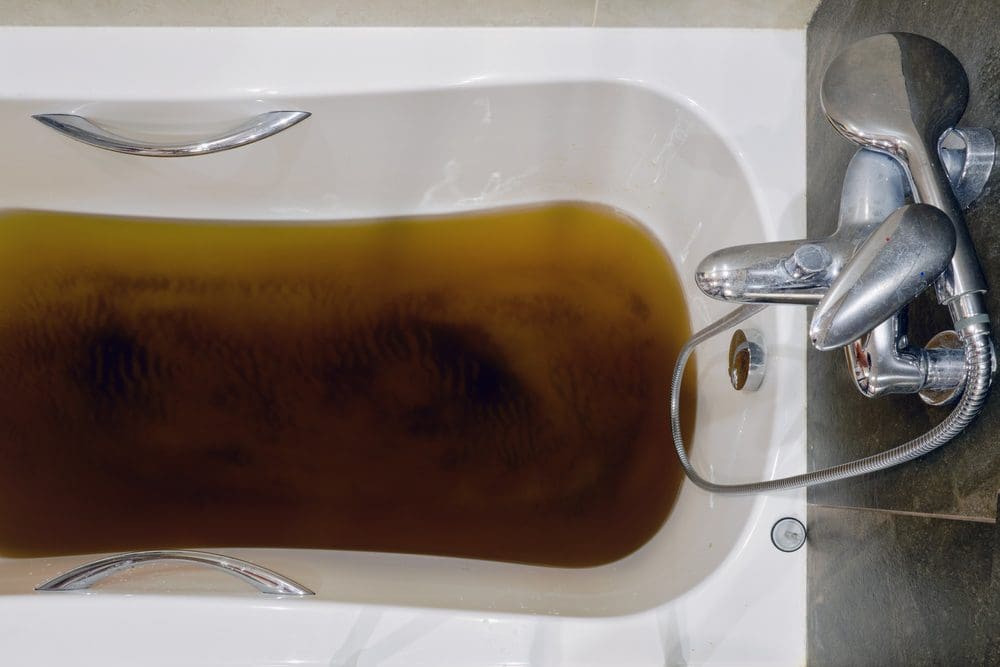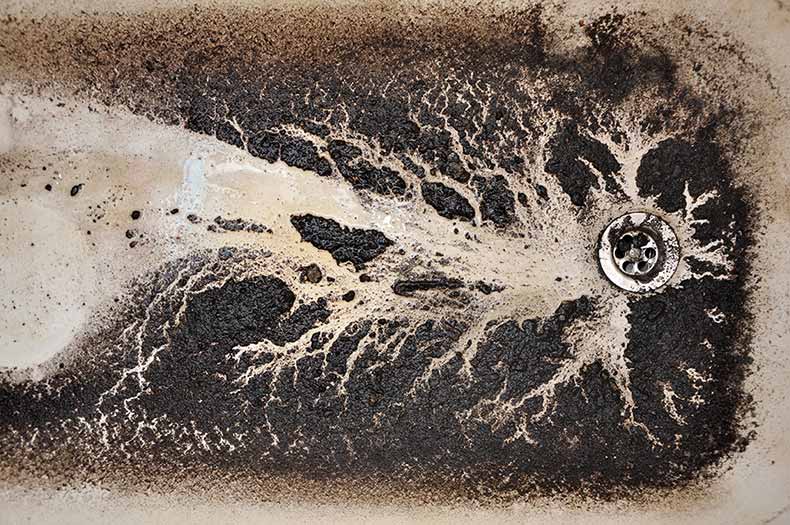Your Comprehensive Guide: Discharge Rising Through the Bathtub
Your Comprehensive Guide: Discharge Rising Through the Bathtub
Blog Article
Have you been looking for facts and techniques involving Why is There Sewage Coming Up Through the Bathtub?

Sewer backup in the bath tub can be an upsetting and unsanitary trouble for any house owner. Not only is it troublesome, but it also poses serious health and wellness dangers and indicates underlying issues with the plumbing system. Recognizing why sewage is coming up through the bath tub is vital for taking appropriate action to address the issue efficiently.
Intro to the Concern
Usual Reasons for Sewage Backup
Obstructions in the Drain Line
Among the most common causes of sewer back-up is an obstruction in the drain line. This can occur because of the accumulation of debris, oil, or international objects in the pipelines, preventing correct flow and creating sewage to support into your tub.
Tree Origin Breach
Tree origins looking for wetness and nutrients can penetrate sewage system lines through small splits or joints. In time, these origins can expand and broaden, triggering significant damage to the pipelines and leading to sewage backup concerns.
Comprehending the Trouble
When sewage starts backing up into the tub, it's a clear sign of a problem with the drain system. The wastewater that must be streaming far from your home is rather discovering its way back right into your living space, which can result in considerable damages and carcinogen.
Prospective Causes
Several elements can add to sewer backup in the bathtub. From blockages in the drain line to issues with the plumbing facilities, recognizing the source is crucial for discovering a service.
Aging Infrastructure
Older homes might have obsoleted plumbing systems that are much more vulnerable to rust, cracks, and deterioration. As pipes age, they become extra vulnerable to leaks and blockages, enhancing the possibility of sewer back-up incidents.
Heavy Rainfall or Flooding
During periods of heavy rainfall or flooding, the drain system might end up being overloaded with excess water, triggering backups and overflows. This can cause sewer supporting into bathtubs and various other fixtures inside the home.
Indications of Sewage Back-up
Foul Odors
Undesirable odors originating from drains pipes or components, especially in the restroom, might suggest sewage backup issues. These odors are frequently strong and persistent, indicating a trouble that requires instant focus.
Slow Draining Fixtures
Tubs, sinks, and toilets that drain pipes gradually or not at all could be experiencing sewage back-up. If several components are influenced concurrently, it's likely that the issue originates from a common factor, such as the major sewage system line.
Gurgling Noises
Unusual gurgling or bubbling sounds coming from drains pipes when water is running elsewhere in your home are a measure of air trapped in the plumbing system. This air build-up can result from sewage back-up and must be explored quickly.
Health And Wellness Threats Connected With Sewer Backup
Contamination of Water System
Sewer back-up can contaminate the supply of water in your home, posing a serious health risk to you and your family members. Direct exposure to contaminated water can lead to intestinal concerns, skin infections, and other ailments.
Mold and mildew Growth
Moisture from sewage back-up can create perfect conditions for mold and mildew growth in your home. Mold and mildew spores can aggravate breathing problems and create allergies in sensitive individuals, making prompt cleanup vital.
Spread of Condition
Sewage contains hazardous microorganisms, viruses, and bloodsuckers that can cause a series of diseases, including hepatitis, cholera, and gastroenteritis. Coming into contact with sewage or polluted surfaces places you at risk of infection.
Tidying up After Sewage Backup
Disinfection Procedures
Extensively decontaminate and sterilize impacted areas after sewage backup to get rid of damaging germs and protect against mold and mildew development. Use suitable cleaning items and protective equipment to ensure secure and effective clean-up.
Restoration of Affected Areas
Fix any kind of damage to floor covering, walls, or components caused by sewage back-up. Relying on the extent of the damages, you might require to change carpets, drywall, or other materials to restore your home to its pre-loss problem.
Immediate Actions to Take
Shutting Off Supply Of Water
In case of sewer back-up, it's essential to turn off the water to stop further contamination and damage. Locate the main water shutoff valve in your home and closed it off till the issue can be solved.
Getting In Touch With an Expert Plumber
Taking care of sewer back-up is not a do it yourself work. Contact an accredited plumber with experience in handling sewage-related issues to assess the scenario and execute needed repair services or cleanups.
Staying Clear Of Contact with Polluted Water
Up until the sewer backup is fixed, stay clear of contact with contaminated water to avoid the spread of germs and pathogens. Wear protective equipment if you must remain in the damaged area and clean your hands extensively later.
Preventive Measures
Regular Maintenance of Sewer Lines
Schedule normal inspections and upkeep of your drain lines to recognize and resolve prospective concerns before they rise into major issues. This can consist of clearing out particles, examining for tree origin breach, and fixing any kind of damaged pipes.
Setting Up Backwater Shutoffs
Think about mounting backwater shutoffs in your plumbing system to stop sewer from flowing back into your home throughout periods of heavy rainfall or flooding. These valves automatically close when water starts backing up, shielding your property from contamination.
Appropriate Disposal of Family Waste
Prevent flushing anything besides bathroom tissue and human waste down the commode to stop obstructions and blockages in the sewer line. Dispose of grease, oil, and various other household chemicals effectively to decrease the danger of plumbing issues.
Why Is Water Backing Up in My Bathtub When I Flush My Toilet?
What to do about a sewer line clog
First, don’t bother with plunging. No amount of plunging will dislodge the clog in a sewer line. The clog is too far away. Plungers are for clogs in the toilet itself, not the sewer line. Plus, the most likely causes of a sewer clog are:
Tree roots Flushed toys or feminine products Grease buildup Those items don’t move easily. And in the case of tree roots, the roots need to be cut out of the pipe and the pipe will need to be repaired.
You’ll need a closet auger. A closet auger is a type of plumber’s snake with a protective cover to keep from scratching the delicate porcelain toilet. If the clog is further down, you may need to remove the toilet or use one of your cleanouts to get to the clog.
We also recommend doing a video inspection of the drain to ensure that the cause of the clog has been completely removed. Otherwise, you could have the same problem again in a few days or weeks.
https://mspplumbingheatingair.com/blog/why-is-water-backing-up-in-my-bathtub-when-i-flush-my-toilet

I was introduced to that write-up about What To Do If Sewage Starts Backing Up Into the Shower from an associate on our other blog. Sharing is nice. Who knows, you might be helping someone out. I cherish reading our article about What to Do if Sewage Starts Coming Up Through Your Bathtub.
Schedule A Service Call
Report this page